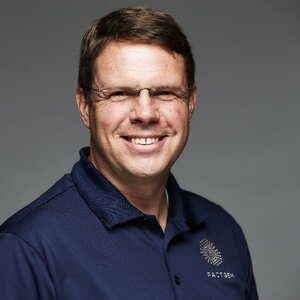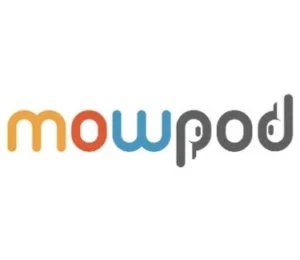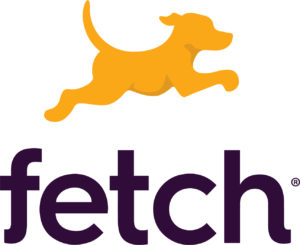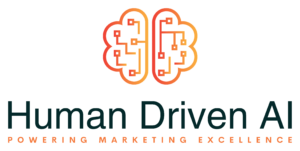A marketers guide to becoming technically independent — Clark Richey // FactGem
Clark Richey
FactGem

- Part 1Why marketers rely on their IT teams too much
- Part 2 A marketers guide to becoming technically independent — Clark Richey // FactGem
Show Notes
Quotes
-
“I am a big believer in tackling smaller problems where you are currently experiencing business pain.” -Clark“What we hear is a lot is the question of, ‘I want to understand what is the relationship between my online advertising and online purchasing.’ What it really means is, ‘what are my spending in terms of ad words or ad placements and then what users are clicking on those ads actually coming to my online presence and buying something.” -Clark “I want to see that complete picture of my advertising which at surface sounds pretty reasonable and doable but in reality, there are often eight, nine or more different databases involved in that and bringing that together can be a real IT challenge using our traditional technologies.” -Clark“It’s really just capturing those data connections that are present in the business and the business decision.” -Clark“So step one is mapping out what you are actually doing. We have, for example, three sources of customer acquisition and we are trying to figure out how they are coming into our site, creating user ID what channels are driving transactions and then we are evaluating what the value of those transactions from the user actually is.” -Ben“Once you have that, your tool should let you start, in an easy, no-code way drag those things essentially together into your model and join them together. The subsequent steps, in an ideal scenario, should be handledessentially sans IT.” -Clark“We work closely with many major BI (business intelligence) vendors and what they will tell you, off the record is that the biggest obstacle is that once you start to get an actual production-worthy amount of data together, how do you prepare it for the BI tool.” -Clark“Your BI tool essentially just wants to look at one database with a couple of tables and then draw things together. They’ll give you tools to potentially go to other databases and do it but it is a lot of pain because they are not really designed for that.” -Clark“Different ideas don’t match and that’s where you need a new generational tool. That is what we are really focusing on, the business reality that across the enterprise you are going to identify the customer, for example, in different ways.” -Clark“I think the relationships quickly become healthier out of the gate. Everyone on both sides wants the same thing. To do whatever is necessary to make the business successful. The biggest impediment there is we speak different languages.” -Clark“We don’t understand each other. If we can remove that mismatch, and a good no-code solution should enable that, giving you a common language that everyone speaks and understand, it becomes easy to remove the friction and for everyone to drive in the same direction.” -Clark“What I am hearing is that no-code tools are really the Google translate that instead of being English to Spanish, they translate Engineering to Marketing.” -Ben “That is why we choose as a graph database as one of the underlying technologies because it is a stored solution that IT and the business can easily reason about and visualize in the exact same way without losing any fidelity.” -Clark
- Part 1Why marketers rely on their IT teams too much
- Part 2 A marketers guide to becoming technically independent — Clark Richey // FactGem
Clark Richey
FactGem

Up Next:
-
Part 1Why marketers rely on their IT teams too much
Today we're going to talk about the no code trend in marketing. Joining us is Clark Richey, the Chief Technology Officer at Factgem, which helps organizations develop a deeper understanding of their key business drivers and their associated relationships to power. In part 1 of our conversation, Clark is going to walk us through his views on why marketers rely on their ITteams too much.
Play Podcast -
Part 2A marketers guide to becoming technically independent — Clark Richey // FactGem
Today we're going to talk about the no code trend in marketing. Joining us is Clark Richey, the Chief Technology Officer at Factgem, which helps organizations develop a deeper understanding of their key business drivers and their associated relationships to power. In part 2 of our conversation, Clark is going to walk us through his guide to becoming technically independent.










